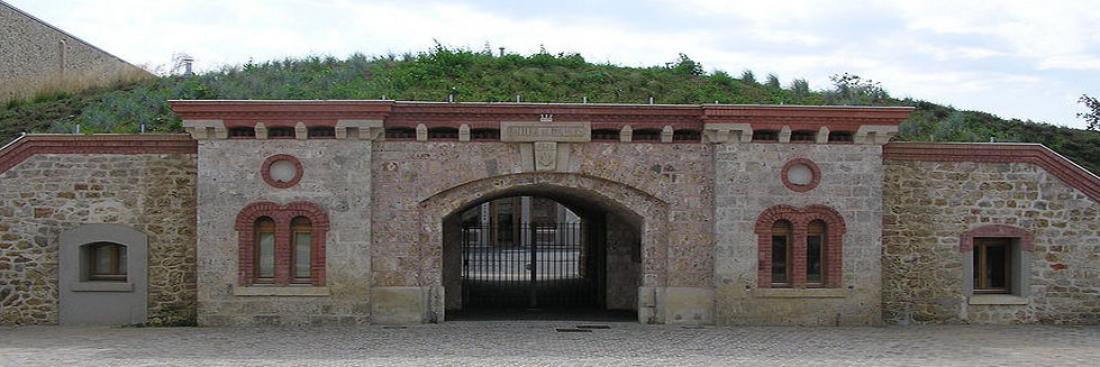Le système Séré de Rivières

Corps 1
The Séré de Rivière System
Corps 2
1830 - 1914
In spite of the appearance , in 1859, of the artillery with rifled canons and a little later of the cylindrical - ogival shell, the military engineers of the Second Empire remain faithful to the concept of the bastioned fortification. Under the impulse of the young military chiefs of that time and in particular of the lieutenant-colonel Séré de Rivières, commanding the Royal Engineers, Napoleon III thus decides to fill the interstitial gaps between the citadels, by a "defensive curtain" made up of "detached forts". In Metz in 1867 Séré de Rivières organizes the construction of four "detached forts", in order to transform this fortified place in a vast entrenched camp that the enemy will not dare to defy. But in 1870, these detached forts are encircled by the Prussian army. By a smart and skilful encircling manoeuvre, they stop the army of Marshall Bazaine in "place de Metz". The army of the Emperor is encircled by the Prussian army in Sedan. The defeat of 1871 forces the very young Republic to sign the treaty of Frankfurt and to accept the annexation of Alsace and Moselle to the german empire. On several hundred kilometres, between Longwy and Belfort, the fortified barrier, designed by Vauban is destroyed. The road toward Paris is consequently wide open. General Séré de Rivières is nominated director of the Royal Engineers to the ministry of war. To him, it is absolutely necessary to recreate a fortification line along the new borders, between France and Germany. The low offers him 700 000 million gold Francs for the construction and the armament of 166 forts, 43 little works and more than 250 batteries. These works must be located along the new boundary with Germany, but also in the Alps, facing Italy. Thus he organises the construction of two defensive curtains. The first one along the costs of the high valley of Moselle, between EPINAL and Balfort. The second along the costs of la Meuse, between TOUL and VERDUN. From now on these two cities are border cities of the north-east. He reinforces also the fortifications of the citadels of Langers, Dijon, Besançon, Longwy, Monymédy and Givet. They constitute background bases being able to stop the enemy if he eventually tries a breakthrough towards the gaps in Charmes on the Moselle or in Stenay on the Meuse. The works will start in 1874 in Epinal with the forts of Uxegney, Parmont and Rupt and in Toul with the forts of Mont Saint Michel, Ecrouves, Dongermain and Villey-le- Sec. These works will last eleven years, until 1885. Victim of intrigues, the General Séré de Rivière will retire in 1880, leaving a coherent and ambitious fortification system, but which will prove to be ineffective as far back as 1883, with the appearance of "mélinite". It is an explosive which gives new and strong capacities that Séré de Rivère could never have imagined.
The crises of the "shell torpedoes"
In 1883, french researchers develop a new explosive powder, calledmelinite. This allows them to load up shells, and make them explode,either upon clashing with the obstacle, or, with the use of a timer, beforeor after the obstacle. The experiences brought to the fortifications in theparisian region give overwhelming results. The stone vaults and walls do not resist this new shell torpedoes. It is therefore necessary to reinforce the majority of the forts of Séré de Rivière, by a thick concrete crust and to hide the artillery equipment, like it is used to be done in warships, in armoured cupolas and in dark turrets.

